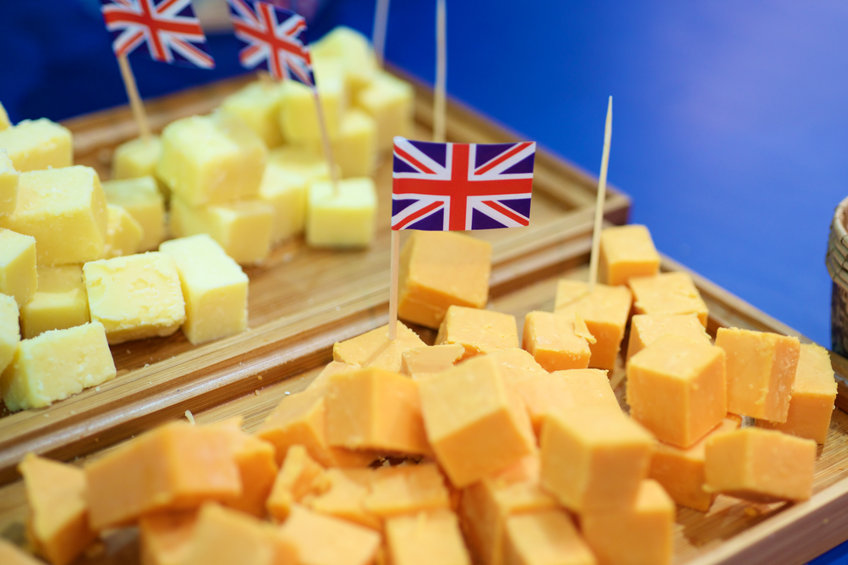
Strong population growth and limited domestic production in the Middle East and North Africa (MENA) could present major opportunities for UK lamb and dairy.
Latest analysis by the AHDB, published today (2 May), has revealed the region is set to become the second largest net importer of food by 2031.
MENA is also on course to become the largest importer per capita, creating one of the best regional prospects for UK exports, with lamb and dairy set to reap significant rewards.
The region is a net importer of lamb and dairy, with the area expected to account for a third of global sheep meat imports by 2031.
Imports of cheese and skimmed milk powder into MENA are each expected to increase by 26% in 2031.
The AHDB said the region may also be longer term opportunities for beef exports to the region, pending the UK securing an Export Health Certificate (EHC) and agreeing production parameters.
Population growth in the region is estimated at 20% over the next 10 years with the population expected to exceed 500 million by 2031.
Dr Amandeep Kaur Purewal, AHDB senior analyst, said MENA was considered to have the best long-term prospects for UK agri-food exports.
“With a predominantly urban population helping drive consumption of high-value products, such as meat and dairy, the lion’s share of those opportunities coming from the oil-rich states as large net importers of agricultural products, the openings for UK exporters are clear.
“The majority of these opportunities for lamb, dairy and beef will come from the United Arab Emirates, Saudi Arabia, Bahrain, Kuwait, Oman, Qatar and Jordan.”
Within MENA, food imports per person are highest in Saudi Arabia and the other Middle Eastern countries, which includes the Gulf region.
The main opportunities for UK exporters are for lamb and dairy in the oil-rich states, which are big net importers of agricultural products.
The countries with the greatest opportunity for beef, lamb and dairy are the United Arab Emirates, Saudi Arabia, Bahrain, Kuwait, Oman, Qatar and Jordan.
However, tariffs are not the main trade barrier in this growing market: it is the halal certification requirements, particularly for beef, the AHDB said.
In addition, the UK lacks beef Export Health Certificates (EHCs) in the Gulf region due to its historical disease status.
